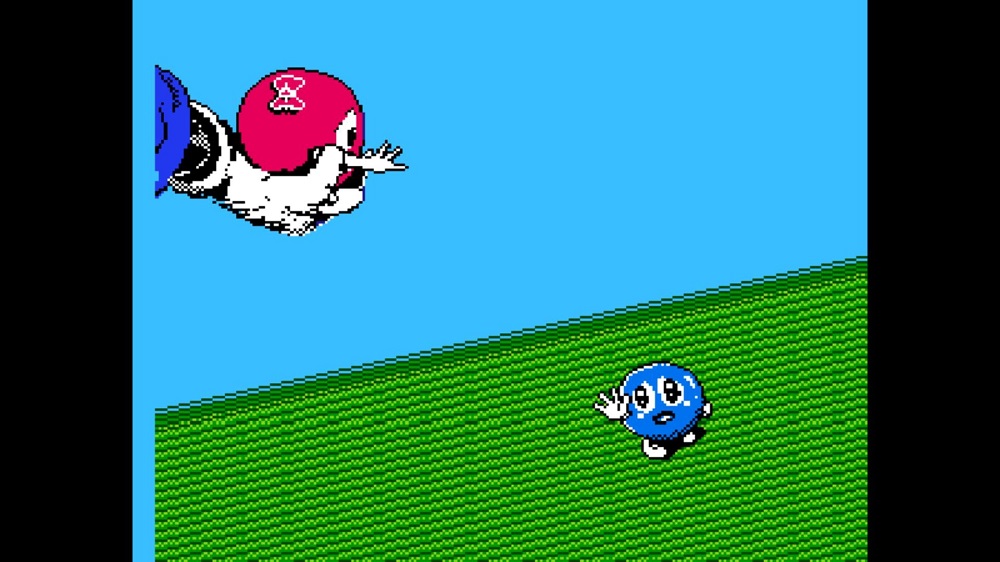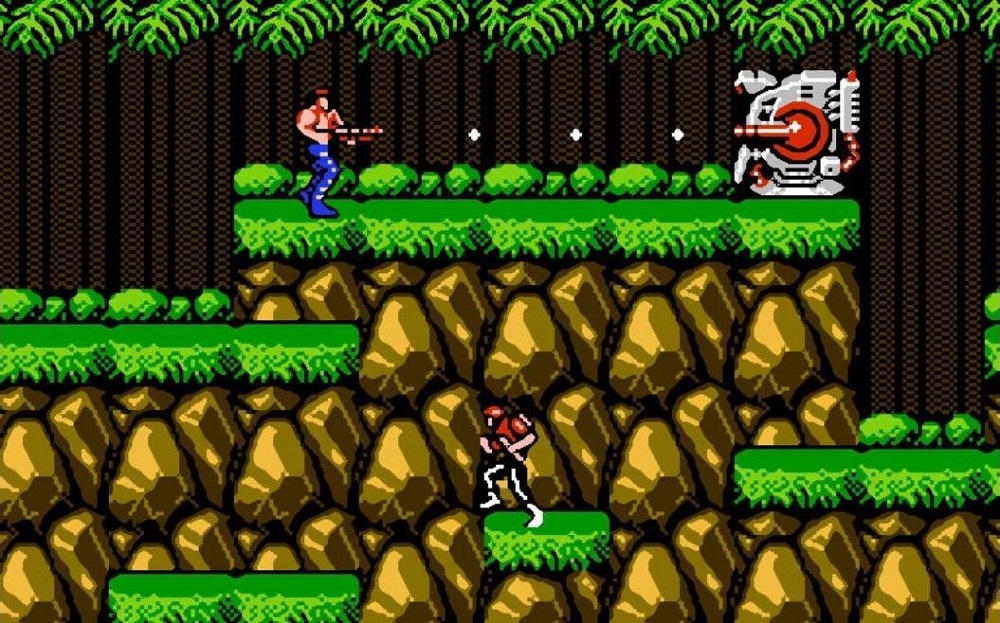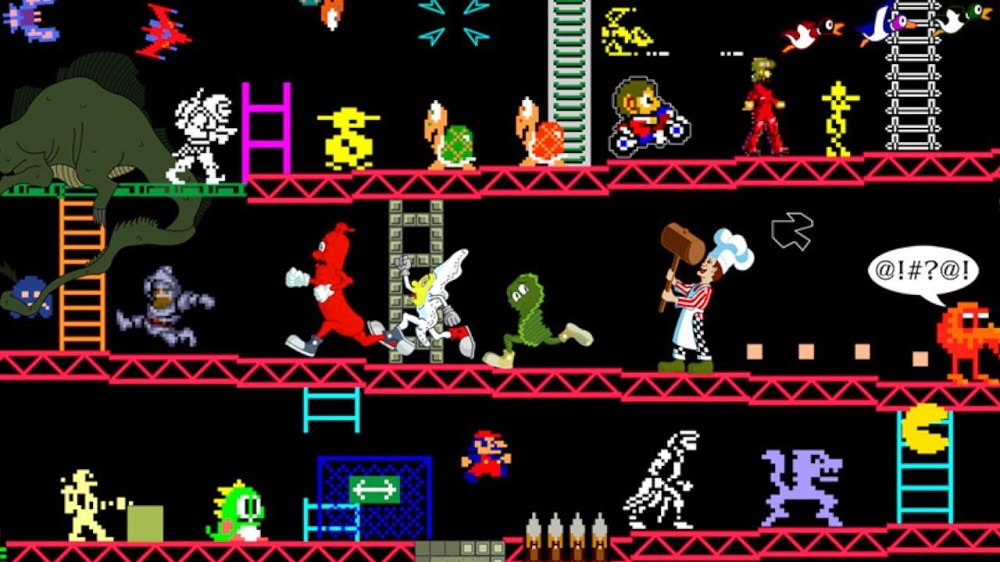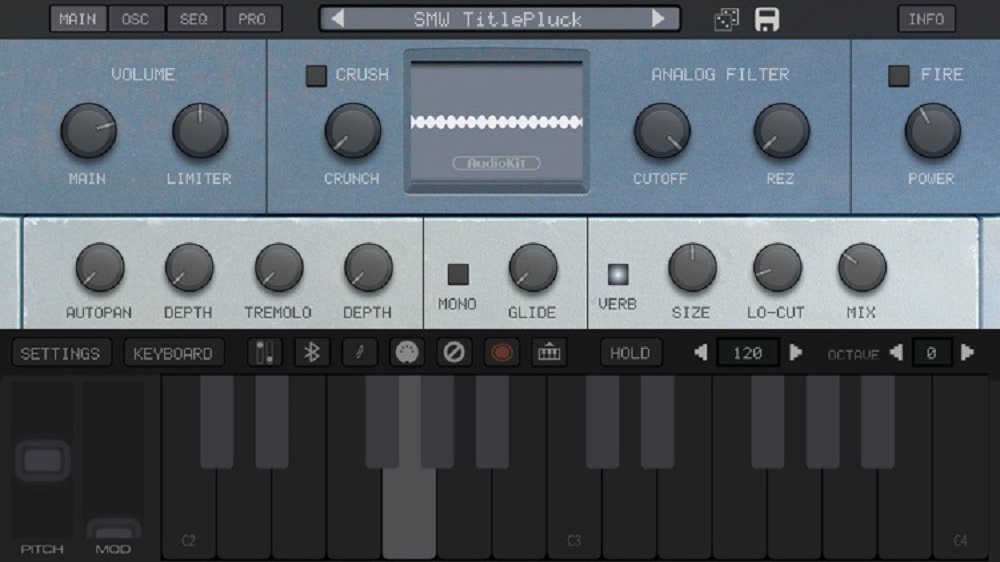Long before cinematic RPGs and sprawling open worlds, puzzle games were the genre that defined simplicity, strategy, and replayability. With modest graphics and addictive mechanics, retro puzzle games became household names and shaped gaming history.
From handheld classics to arcade sensations, these games proved that you don’t need flashy visuals to create a masterpiece — just clever design and a hook that keeps players saying, “one more try.”
At Oldies Nest, we’re counting down the best retro puzzle games of all time and why they still matter in 2025.
Tetris (Game Boy, 1989)

No puzzle game has ever had the cultural impact of Tetris.
- Why It Stands Out: Simple yet infinitely deep mechanics of stacking and clearing blocks.
- Legacy: Bundled with the Game Boy, it helped sell millions of units.
- Impact: Universally recognized, even outside gaming.
Dr. Mario (NES/Game Boy, 1990)
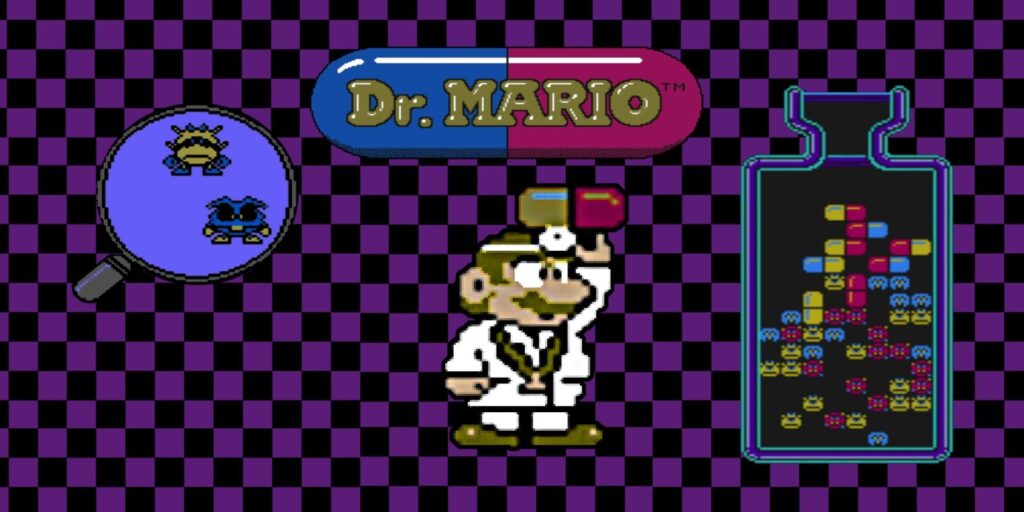
Nintendo’s answer to the puzzle craze.
- Gameplay: Match colored pills to eliminate viruses.
- Why It Shines: Easy to learn but tough to master.
- Legacy: Became a staple alongside Tetris on Nintendo systems.
Its simple control scheme perfectly showcased why the NES controller became the standard.
Puzzle Bobble (Bust-a-Move) (Arcade, 1994)
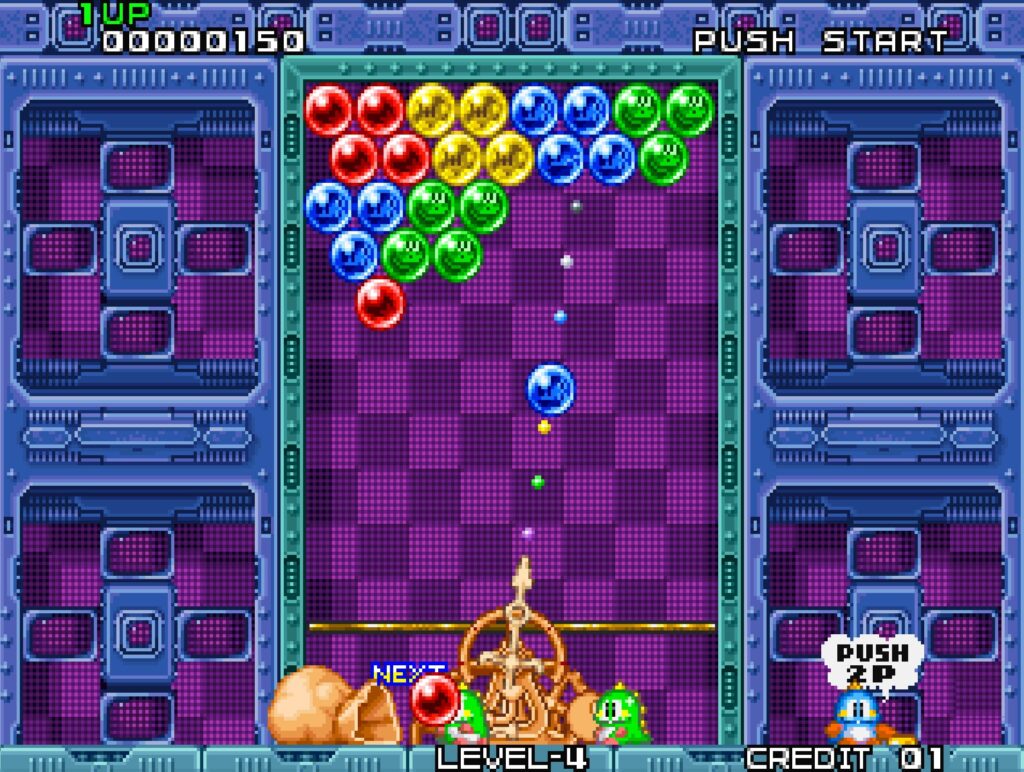
Taito’s spin-off of the Bubble Bobble franchise.
- Mechanics: Shoot bubbles to match colors and clear the board.
- Multiplayer Appeal: Competitive and addictive in arcades.
- Legacy: Inspired countless clones and mobile puzzle games.
Adventures of Lolo (NES, 1989)
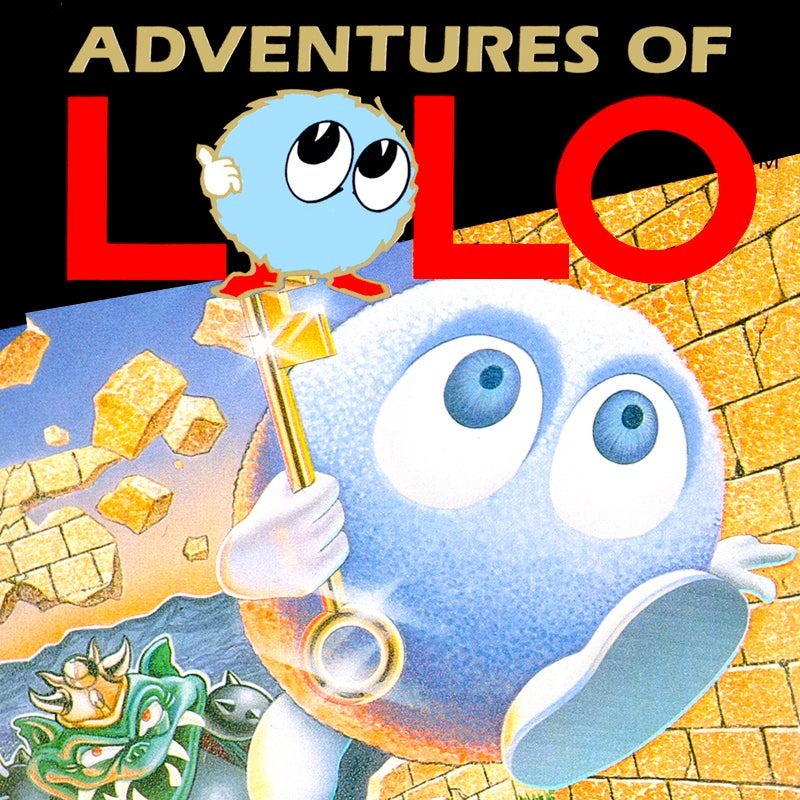
A charming puzzle-adventure hybrid by HAL Laboratory.
- Gameplay: Move blocks, avoid enemies, and solve room-based puzzles.
- Why It Matters: Paved the way for HAL’s design philosophy later seen in Kirby.
- Legacy: A hidden gem that remains beloved among NES fans.
Columns (Sega Genesis, 1990)
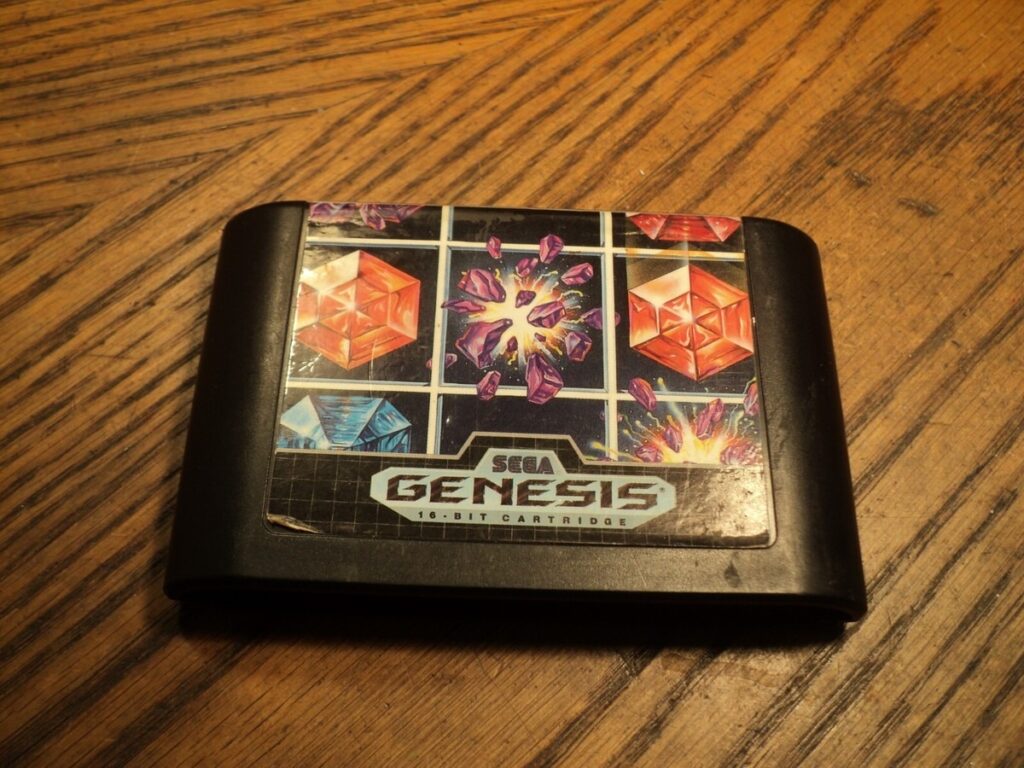
Sega’s stylish alternative to Tetris.
- Mechanics: Match jewels in vertical columns of three.
- Why It Shines: Faster pace and musical flair gave it a unique identity.
- Legacy: Cemented itself as Sega’s signature puzzle game.
This was one of Sega’s many experiments during the Genesis vs. SNES console war.
Puyo Puyo (1991, Various Platforms)
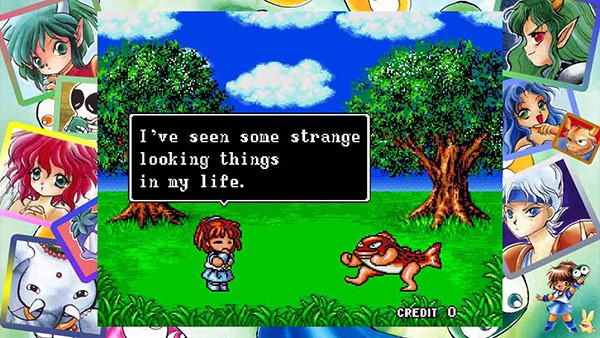
One of Japan’s biggest puzzle exports.
- Gameplay: Match falling blobs, chain combos for devastating attacks.
- Why It Stands Out: Competitive depth rivaled fighting games in arcades.
- Legacy: Still popular today, with new entries across platforms.
Lemmings (Amiga, 1991 / SNES, Genesis)

DMA Design’s masterpiece of strategy and chaos.
- Gameplay: Guide lemmings to safety by assigning roles like digger, builder, or blocker.
- Why It’s Iconic: Mixed puzzle-solving with real-time decision-making.
- Legacy: Inspired generations of puzzle-strategy hybrids.
Wario’s Woods (NES/SNES, 1994)
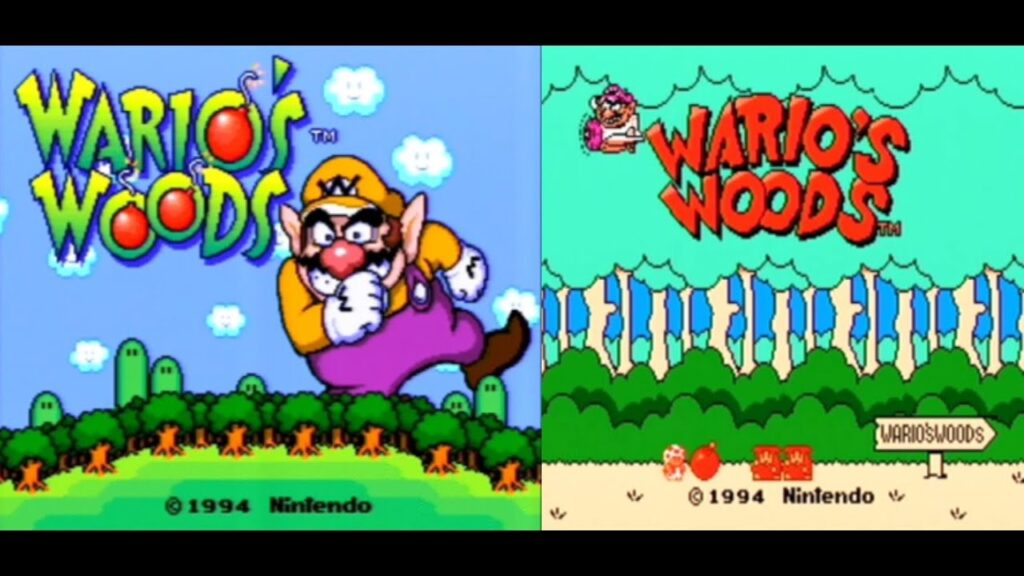
Nintendo’s quirky twist on the falling-block genre.
- Unique Mechanic: Control Wario directly inside the playfield to rearrange objects.
- Why It Matters: The last licensed game for the NES in North America.
- Legacy: Overlooked, but beloved by puzzle enthusiasts.
Sokoban (PC-88, 1981 / Ports on NES & Others)
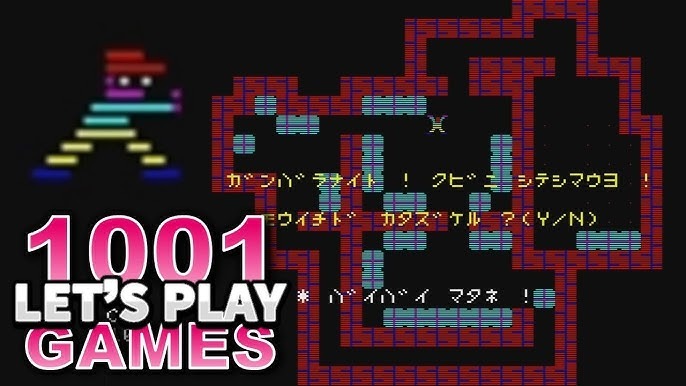
The granddaddy of block-pushing puzzles.
- Gameplay: Push crates into designated storage locations.
- Why It Shines: Pure logic puzzles with simple rules but fiendish difficulty.
- Legacy: Spawned countless variations and remains a puzzle staple.
Panel de Pon (SNES, 1995 / Westernized as Tetris Attack)
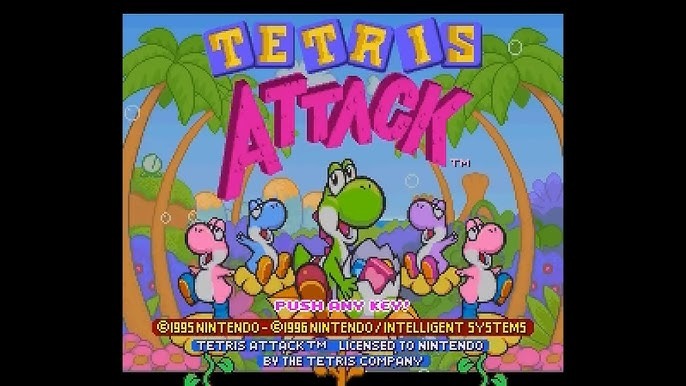
Another addictive Nintendo puzzler.
- Mechanics: Swap tiles to align three or more, creating chains and combos.
- Why It’s Special: Fast, competitive, and visually charming.
- Legacy: Its mechanics influenced later puzzle games like Puzzle League.
Why Retro Puzzle Games Still Matter
Puzzle games endure because they:
- Offer infinite replayability through simple mechanics.
- Provide universal accessibility, appealing to all ages.
- Inspire modern mobile and indie puzzle design.
They remind us that great gameplay is timeless, regardless of technology.
Collector’s Perspective in 2025
Puzzle games are often budget-friendly in retro collecting:
- Affordable: Many puzzle titles are common and inexpensive.
- Rarer Exceptions: Special editions or Japan-only releases can fetch high prices.
- Appeal: Puzzle games are ideal entry points for retro game collecting.
Conclusion: Simple Mechanics, Endless Fun
From the universal appeal of Tetris to the quirky creativity of Wario’s Woods and the competitive spirit of Puyo Puyo, puzzle games proved that less can be more.
These classics continue to inspire, proving that the best puzzles never go out of style. Whether you’re stacking blocks, popping bubbles, or guiding lemmings, retro puzzle games offer timeless fun that’s just as rewarding today as decades ago.
